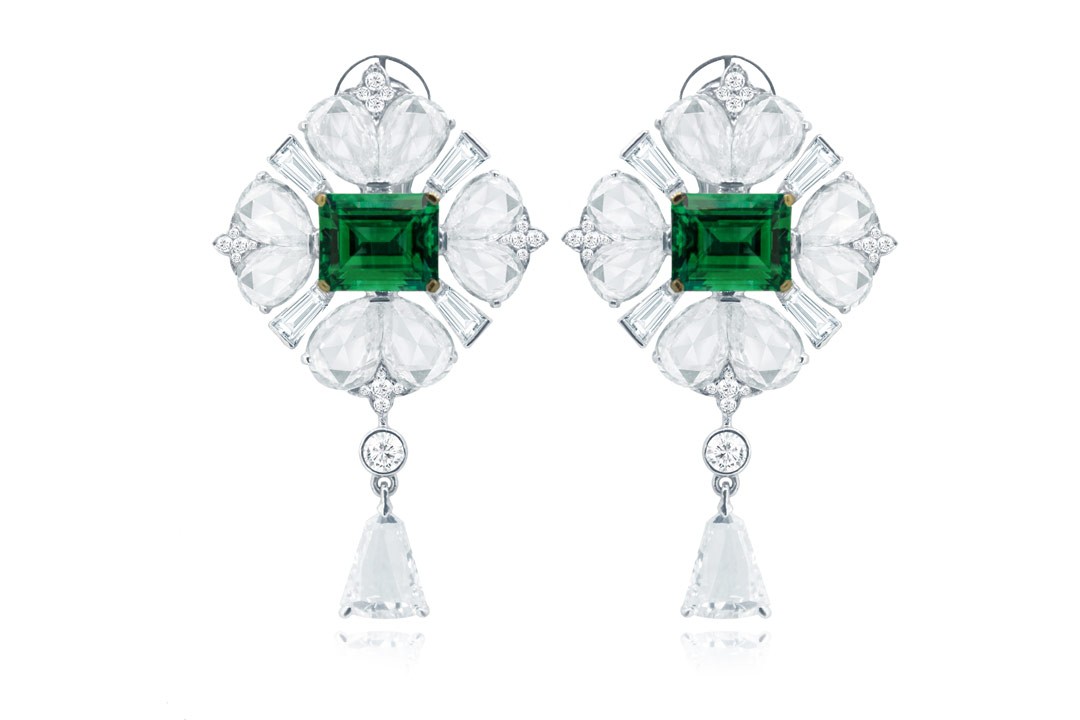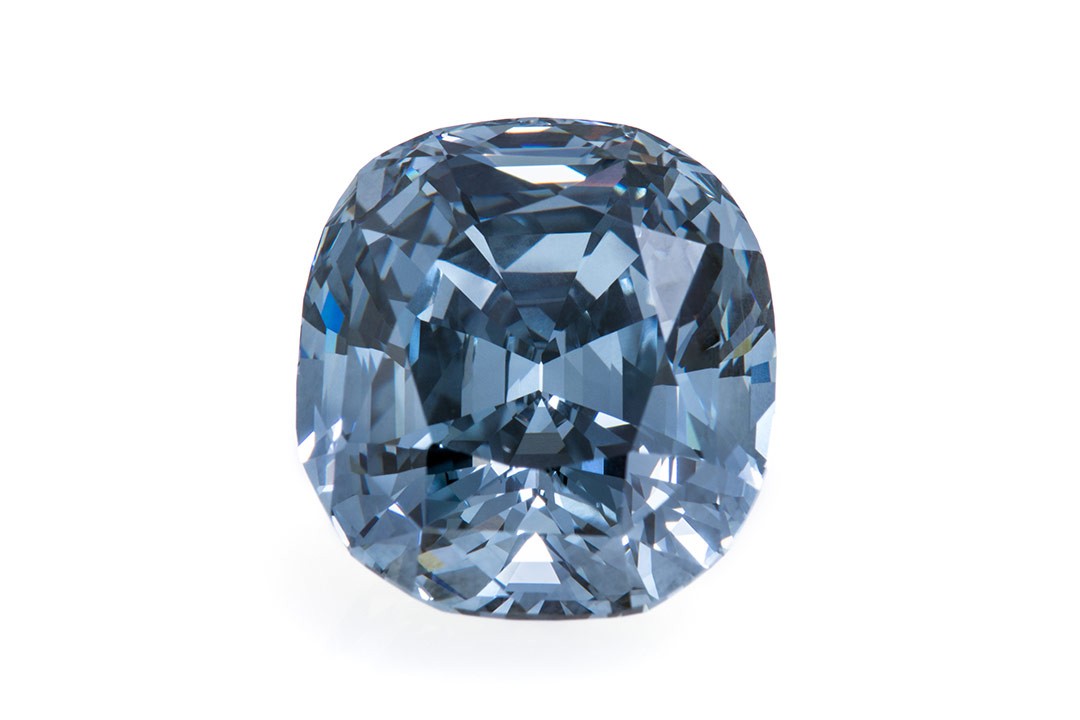DEMYSTIFYING EMERALDS
Image caption: White gold earrings by VAK Fine Jewels featuring vivid green Colombian emeralds certified insignificant oil, with rose-cut diamonds. Since time immemorial, emeralds have captured our imagination like no other gemstone. Whether their historical association to the exotic Cleopatra, the belief of native Colombians in their divinity or the ...



